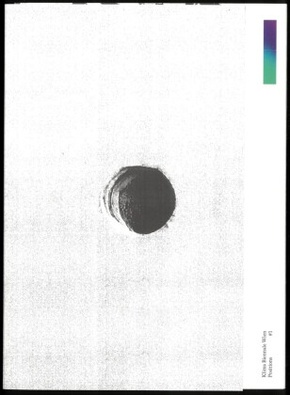
Adrian Villár Rojas: The End of Imagination
| Verlag | Spector Books |
| Auflage | 2024 |
| Seiten | 72 |
| Format | 17,0 x 1,5 x 24,0 cm |
| Gewicht | 381 g |
| Artikeltyp | Englisches Buch |
| ISBN-10 | 3959058314 |
| EAN | 9783959058315 |
| Bestell-Nr | 95905831A |
Der argentinische Künstler Adrian Villár Rojas verwebt in seinem Künstlerbuch The Endof Imagination, einer dystopischen Graphic Novel, drei Geschichten: The Last American,einen futuristischen Roman von John Ames Mitchell aus dem Jahr 1889; The Last Jokeon Earth, einen eigenen Essay über das Ende der Welt aus dem Jahr 2011 und Bildzitatenaus Steamboat Willie, dem ersten vertonten Mickey Mouse-Zeichentrickfilm von 1928.Diese Montage aus Literatur und Comic nimmt die Leser·innen mit auf die Reise einer hand-gezeichneten Mickey Mouse, die an den Seitenrändern einer fotokopierten Ausgabe von TheLast American navigiert, während sie die Geschichte der letzten Menschen auf der Erde erzählt.Sowohl The Last American als auch Steamboat Willie haben etwas gemeinsam: für beide ist dasUrheberrecht erloschen. Dadurch werden sie zu einem Rohstoff: Das Künstlerbuch stellt damitauch die Frage, wie wir mit dem Reichtum des bereits Produzierten weiterarbeiten können.Adrian Villár Rojas ist ein argent inischer Bildhauer, Installations- und Videokünstler.
Argentinian artist Adrian Villár Rojas's artist's book The End of Imagination, a dystopian graphicnovel, weaves together three stories: The Last American, a futuristic novel by John Ames Mitchellfrom 1889; The Last Joke on Earth, an essay about the end of the world that Rojas himself wrotein 2011; and images taken from the 1928 animated short Steamboat Willie, the first Mickey Mousefilm to be set to music.This montage of literature and cartoon pictures takes readers on a journey in the company of ahand-drawn Mickey Mouse, navigating the margins of a photocopied edition of The Last American,while the story of the last humans on earth unfolds.The Last American and Steamboat Willie have something in common: both are out of copyright,which means that they have become a commodity. The artist's book thus also examines how wecan continue working with the wealth of material that has already been produced.Adrian Villár Rojas is an Argentinian sculptor and installation and video artist.
